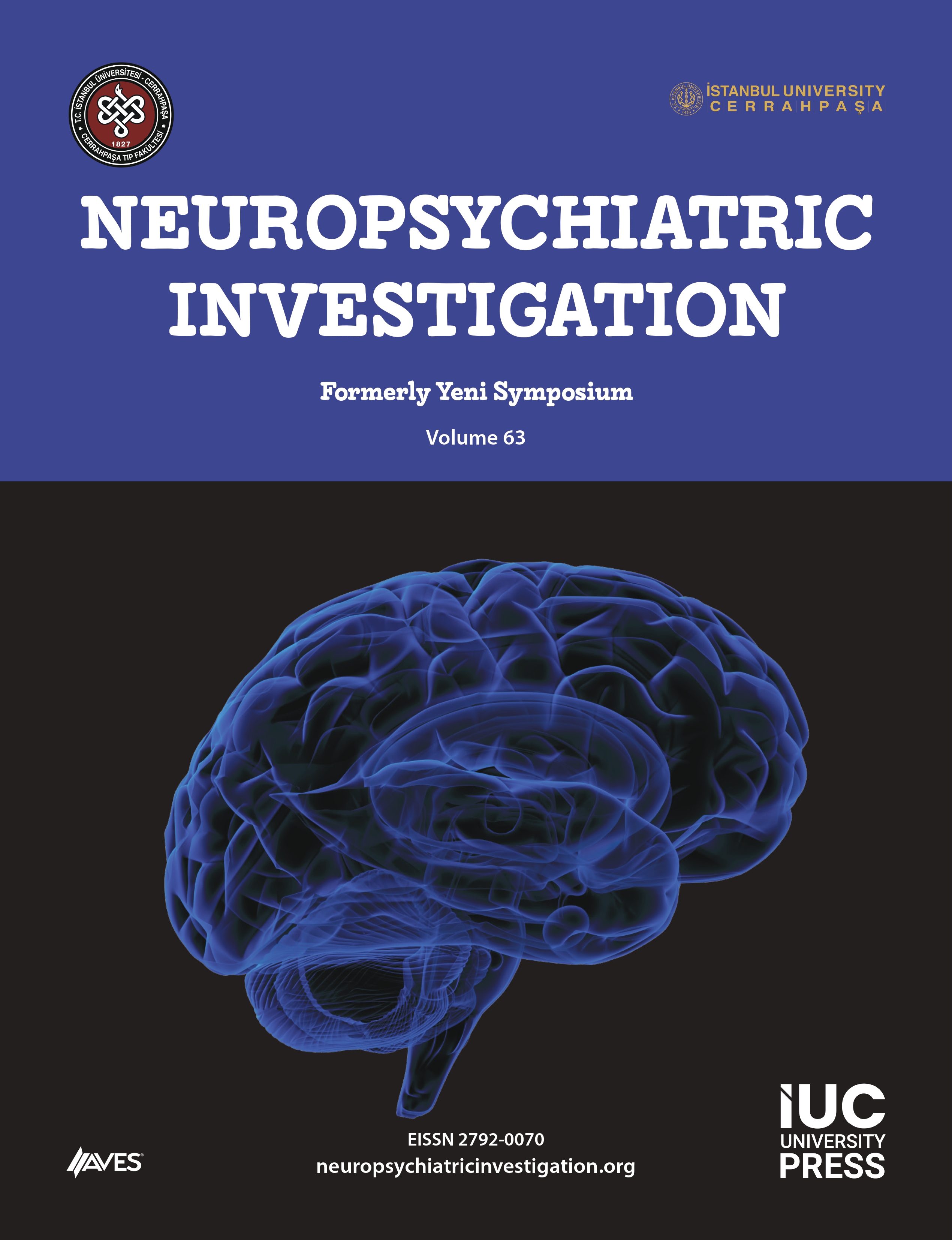Objective: Focusing on OCD diagnosed children and adolescents, this study aims to investigate that, the type of obsession and compulsion, the importance of sex and age of onset in OCD, concomitant mental disorder, and which concomitant illnesses occur in which age group and sex more frequently.
Methods: This study covers 93 child who consulted to Pamukkale University Faculty of Medicine Child and Adolescent Mental Health and Diseases Policlinic and diagnosed as OCD based on DSM-IV-TR diagnose criteria. In order to identify obsessive-compulsion types and severity Children’s Yale-Brown Obsessive-Compulsive Scale (CY-BOCS), for accompanying mental disorders Schedule for Affective Disorders and Schizophrenia for School-Age Children-Present and Lifetime Version (K-SADS-PL) was applied.
Results: Among the 93 cases, 58.1% were female and 41.9% were male. Considering the age of onset of the cases, 72.1% were early age of onset (≤ 10 age). Most frequent types were contamination obsession (83.9%) and control compulsion (86.0%) in the cases. Most frequent psychiatric comorbidity were specific phobia (46.2%), separation anxiety disorder (33.3%), attention deficity hyperactivity disorder (31.2%), tic disorders (30.1%). Specific phobia and body dysmorphic disorder commorbity were statistically significantly more frequent in females; attention deficit and hyperactivity disorder, tic disorder, social phobia, comorbidity were statistically significantly more frequent in males.
Conclusion: Considering the lack of any definite information about early age of onset OCD’s clinic features, course and response to medical treatment, further studies are needed, which cover broader sample, and evaluate clinic features, courses and responses to medical treatments in early age of onset OCD.




.png)